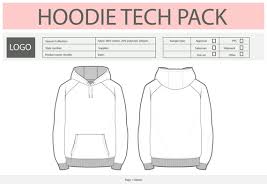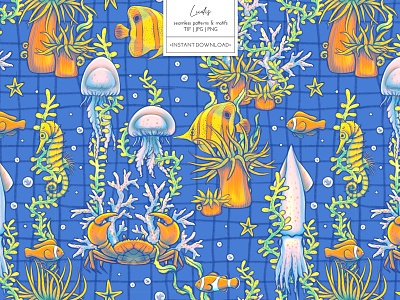.jpg)
3D Asset Design for Future Innovations
3D Asset Design for Future Innovations
In the digital design and production landscape, 3D assets have emerged as a vital element across various industries, including video games, movies, product design, and architecture. These 3D models serve as a powerful tool for visualizing and communicating ideas. As technology evolves, so does the field of 3D assets, with new innovations and techniques continually reshaping the industry.
The Role of AI and Machine Learning
One of the most transformative developments in 3D asset design is the integration of machine learning and artificial intelligence (AI). These technologies are poised to revolutionize the creation and manipulation of 3D assets, enabling more efficient workflows and the generation of complex, realistic models with minimal human intervention. For instance, machine learning algorithms can now be trained to automatically generate 3D models based on specific input parameters, allowing for rapid production of diverse model variations.
Real-Time Rendering: A Game-Changer
Real-time rendering technology has also made significant strides in recent years. Previously, rendering a high-quality 3D scene could take hours or even days, slowing down the design process and hindering collaboration. Today, real-time rendering engines like Unreal Engine and Unity allow designers to interact with 3D scenes instantaneously, making adjustments and exploring creative possibilities on the fly. This not only accelerates production but also enhances the creative process.
Advancements in 3D Asset Design
Beyond technological innovations, the techniques used in 3D asset design are also advancing rapidly. New methods for creating realistic materials and textures, such as subsurface scattering and physically-based rendering (PBR), are becoming more prevalent. Additionally, the trend of using scanned real-world objects and environments as the basis for 3D models is gaining traction, adding a level of authenticity and detail that is challenging to achieve with purely digital methods.
Staying Ahead in a Rapidly Evolving Field
With the rapid pace of change in 3D asset design, it can be challenging for designers and artists to stay current with the latest trends and best practices. Fortunately, a wealth of resources is available online, including tutorials, training courses, and vibrant online communities. By continually updating their skills and knowledge, designers can ensure they are producing high-quality 3D assets that meet the evolving demands of their clients and audiences.
The Future of 3D Asset Design
The future of 3D assets is brimming with innovation, from AI-driven design processes to real-time rendering and hyper-realistic textures. Whether you're a seasoned professional, an aspiring artist, or someone with an appreciation for 3D design, now is an exciting time to explore this dynamic field. Embracing the latest technologies and techniques in 3D asset design will unlock new creative possibilities and keep you at the forefront of this ever-evolving industry.
So, why not start exploring the world of 3D asset design today and discover the endless possibilities that await?












